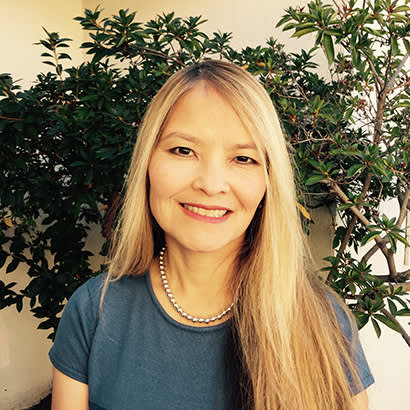
For an enhanced digital experience, read this story in the ezine.
In a speech delivered more than 60 years ago, President John F. Kennedy famously said, “A rising tide lifts all boats.” His remarks were in defense of government funding for an Arkansas dam project that his detractors characterized as wasteful spending. However, Kennedy’s point put simply is that investment in economic development serves to improve the quality of life for everyone. That sentiment is echoed throughout the stories featured in this month’s issue.
City of Philadelphia’s Rebuilding Community Infrastructure program — aka, “Rebuild” — serves as a real-world case study for executing effective public-private partnerships paired with forward-thinking fundraising efforts to revitalize aging infrastructure, including playgrounds, recreation centers and libraries, while breathing new life into under-resourced communities. As author Casey Heilig explains in “Philadelphia’s Rebuild Initiative,” on page 34, “Rebuild’s approach to this challenge was multifaceted. From the outset, the program invested heavily in communications and marketing to build a recognizable brand throughout the Philadelphia region.” This multichannel strategy not only netted philanthropic partner investment, but also emboldened Philadelphians to take an active role in making sure the program remained transparent during the planning process while addressing community need.
When Los Angeles County’s Department of Recreation and Parks (DPR) embarked on drafting its own strategic plan, the agency — which serves more than 10 million residents across 4,000 square miles — understood the importance of educating the public, maintaining transparency and trust, along with ensuring community members had a seat at the table in the decision-making process. In “Connecting With Communities,” on page 40, contributor Clement Lau explains how DRP prioritized enhancing health and wellness outcomes for Angelenos, specifically in “historically under-resourced communities and communities of color.” What’s more, Lau notes the agency had distinct goals in mind: “deepen connections with the communities it serves; increase park equity and access; improve stewardship of public lands, trees and other resources; support staff; and advance organizational excellence.” He also asserts that by soliciting input from a diverse pool of stakeholders, park and recreation leaders can gain valuable insights that may not have been considered otherwise.
Next, Northern Virginia Regional Park Authority (NOVA Parks) and partner agencies reveal how they are combating climate change through habitat restoration efforts while earning carbon credits to fund other needed projects. As Paul Gilbert writes in “Trees and a Different Kind of Green,” on page 44, “The goal to both address climate change and improve the health of our communities can be achieved by filtering carbon out of the air and storing it in the soil and vegetation.”
Lastly, I encourage you to read about our newest members of the NRPA Board of Directors on page 12, whose rising tide of insights and expertise aims to lift all boats for the good of our profession and the communities we serve.
Vitisia Paynich is Executive Editor of Parks & Recreation Magazine and Director of Print and Online Content at NRPA.

